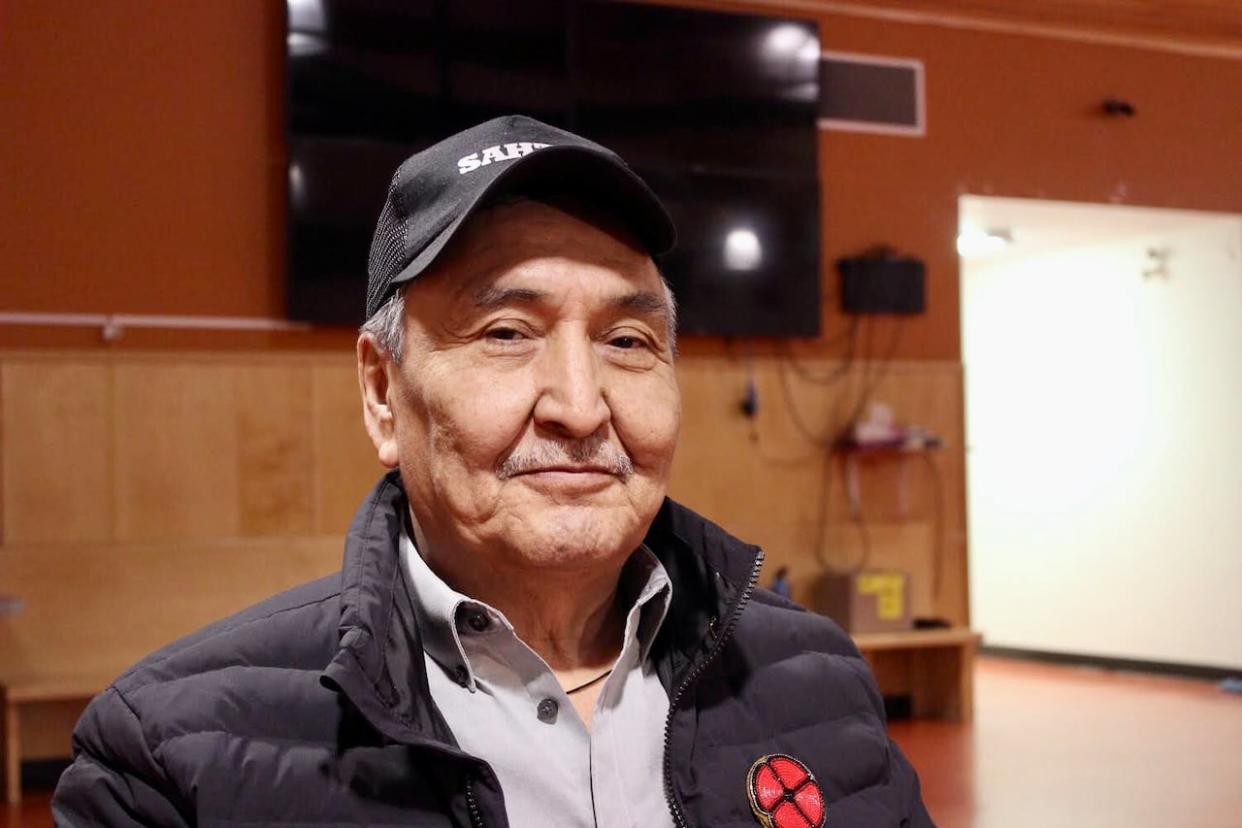Sahtu Secretariat hopeful new defence spending can push ahead Mackenzie Valley Highway

The Sahtu Secretariat Incorporated (SSI) is hoping the federal government's new policy on Arctic security can result in progress on the long-awaited Mackenzie Valley Highway.
The highway, which would connect the Sahtu communities to the rest of the territory, has been discussed since the 1950s. The work on it has been broken up into smaller chunks and the most optimistic scenario wouldn't see it completed until 2037, along with a huge price tag.
Charles McNeely is the chair of the SSI, the organization responsible for administering the Sahtu Dene and Métis Land Claim Agreement.
He said that the new spending focus on Arctic security should go toward infrastructure projects like the road.
"Money's been hard to come by," he said. "Got to use a strategy and one strategy is national defence."
He said the military could use the road to move military personnel and equipment across the territory.
Cost of living
McNeely said cost of living has skyrocketed in the Sahtu communities and the highway is needed now more than ever.
The low water levels on the Mackenzie River meant few barge shipments could bring supplies to the Sahtu communities last summer.
McNeely said as a result, when the temporary Mackenzie Valley winter road was nearing its closing date, everyone in his community of Fort Good Hope was using it to load up on supplies.
"With the water levels becoming really low and after speaking with some elders, they figure this year is going to be the same way as it was last year," he said.
"People really tried to get all their material in, what they need, this winter, so the [winter] road was really busy."
McNeely said SSI has released a newsletter, a report and a video of people sharing their thoughts on the need for the highway.
He said the report is in the SSI main office which recently opened in Norman Wells, which beneficiaries can access.
McNeely and SSI aren't alone in advocating for the highway. Jesse Nekeneyia-Moses, also known as Jamie Moses, the newly-elected chief of Pedzéh Kı̨ First Nation in Wrigley, said the road would also be beneficial.
While at an announcement on the federal defence strategy earlier this week, N.W.T. Premier R.J. Simpson said he hopes the funding will go toward infrastructure projects.
Our North, Strong and Free
The federal government's new policy, called Our North, Strong and Free, will include an additional $8.1 billion in new defence spending over the next five years.
In terms of new infrastructure in the Arctic, the policy includes $218 million to be spent over 20 years on what the federal government calls "northern operational support hubs."
Ann Fitz-Gerald is a director of Balsillie School of International Affairs and a professor in the political science department at Wilfrid Laurier University.
She said the new strategy shows the growing importance of the North — a sparsely populated, massive landmass with critical resources and waterways.
"We've not always had and we still don't have the capability to protect every square foot and monitor every square foot of that landmass," she said.
Fitz-Gerald said the new strategy is aiming to change that perception, but in order to achieve this, the proper infrastructure needs to be in place.
"To be able to defend and protect every square inch of the country, we need roads and basic critical infrastructure for the movement and mobility of people and assets," she said.


